Types Of Depression
Depression is a complex and multifaceted mental health condition that affects millions of people worldwide. It manifests in various forms, each with its own set of symptoms, triggers, and potential treatments. Understanding the different types of depression is crucial for recognizing the condition in yourself or others and seeking the appropriate treatment. Here are the most common types of depression:
1. Major Depressive Disorder (MDD)
Also known as clinical depression, Major Depressive Disorder is the most well-known type of depression. It’s characterized by persistent feelings of sadness, hopelessness, and a loss of interest in previously enjoyable activities.
-
Symptoms:
- Persistent feelings of sadness or emptiness
- Loss of interest or pleasure in activities once enjoyed
- Fatigue or lack of energy
- Difficulty concentrating or making decisions
- Changes in sleep and appetite (either too much or too little)
- Thoughts of death or suicide
- Persistent feelings of sadness or emptiness
-
Duration: These symptoms must last for at least two weeks for a diagnosis of MDD to be made.
2. Persistent Depressive Disorder (PDD)
Persistent Depressive Disorder is also called dysthymia. This type of depression is less severe than major depression but lasts much longer, often for two years or more. People with PDD may experience long-term low mood and depressive symptoms that persist daily.
-
Symptoms:
- Chronic feelings of sadness or depression
- Low self-esteem
- Loss of interest or hopelessness
- Changes in sleep or appetite
- Difficulty making decisions
- Chronic feelings of sadness or depression
-
Duration: This condition lasts for at least two years, but the symptoms can be less intense than those of major depression.
3. Bipolar Disorder
Bipolar disorder is characterized by extreme mood swings that include both manic episodes (periods of unusually elevated mood, energy, or irritability) and depressive episodes. The depressive episodes of bipolar disorder have symptoms similar to those of Major Depressive Disorder.
-
Symptoms:
- Depressive episodes with symptoms similar to MDD (sadness, loss of interest, fatigue, etc.)
- Manic episodes that include elevated mood, increased energy, impulsivity, and risky behavior
- Rapid shifts between periods of depression and mania
- Depressive episodes with symptoms similar to MDD (sadness, loss of interest, fatigue, etc.)
-
Duration: The depressive episodes in bipolar disorder last for a longer duration, while manic episodes typically last for
at least one week.
4. Seasonal Affective Disorder (SAD)
Seasonal Affective Disorder is a type of depression that occurs at a particular time of the year, usually during the winter months when there is less natural sunlight. It is linked to changes in light exposure and can be more prevalent in people who live in areas with long winters.
-
Symptoms:
- Low energy levels
- Feelings of sadness or hopelessness, especially during winter months
- Changes in sleep patterns (oversleeping)
- Weight gain or increased appetite (particularly cravings for carbs)
- Difficulty concentrating
- Low energy levels
- Duration: Symptoms typically start in the fall or winter and go away in the spring or summer.
5. Postpartum Depression (PPD)
Postpartum depression occurs in women after childbirth. It is more intense and long-lasting than the temporary "baby blues" that many women experience in the first few weeks after giving birth. PPD can affect a mother’s emotional and mental health, making it harder to care for her newborn or herself.
-
Symptoms:
- Extreme sadness, crying, or irritability
- Difficulty bonding with the baby
- Anxiety or panic attacks
- Fatigue or loss of energy
- Thoughts of harming the baby or oneself
- Extreme sadness, crying, or irritability
-
Duration: Symptoms can begin within the first few weeks after birth, and if untreated, can last for several months.
6. Atypical Depression
Atypical depression is a subtype of depression in which people experience symptoms that are somewhat different from the typical symptoms of major depression. Despite the name, atypical depression is still a form of major depressive disorder.
-
Symptoms:
- Increased appetite or weight gain
- Sleeping too much (hypersomnia)
- A heavy feeling in the limbs (also called “leaden paralysis”)
- Sensitivity to rejection
- Social withdrawal or isolation
- Increased appetite or weight gain
-
Duration: Atypical depression can occur for extended periods, but it’s often treatable with therapy and medication.
7. Psychotic Depression
Psychotic depression, or major depression with psychotic features, involves severe depressive symptoms paired with psychosis. This can include delusions (false beliefs) or hallucinations (hearing or seeing things that aren’t there).
-
Symptoms:
- Hallucinations (e.g., hearing voices that aren’t there)
- Delusions (e.g., believing that one is being persecuted)
- Extreme feelings of worthlessness or guilt
- Severe sadness or hopelessness
- Difficulty concentrating or making decisions
- Hallucinations (e.g., hearing voices that aren’t there)
-
Duration: Psychotic depression requires immediate treatment, often involving both antidepressants and
antipsychotic medications.
8. Disruptive Mood Dysregulation Disorder (DMDD)
Disruptive Mood Dysregulation Disorder is typically diagnosed in children and is characterized by severe temper outbursts that are out of proportion to the situation. Children with DMDD may also experience persistent irritability and mood swings.
-
Symptoms:
- Temper tantrums or outbursts that are extreme for the situation
- Irritability or anger in most situations
- Difficulty functioning in school or social settings
- Temper tantrums or outbursts that are extreme for the situation
-
Duration: These symptoms persist for at least 12 months and must occur in at least two settings (e.g.,
home, school).
9. Adjustment Disorder with Depressed Mood
Adjustment disorder with depressed mood occurs when a person has difficulty adjusting to a stressful life event or change, such as a divorce, job loss, or major life transition. This leads to feelings of depression and sadness that are disproportionate to the event.
-
Symptoms:
- Low mood, sadness, or anxiety following a major life change
- Difficulty coping with the stressor or change
- Lack of motivation or interest in activities
- Low mood, sadness, or anxiety following a major life change
-
Duration: Symptoms typically occur within three months of the stressful event and last for up to six months.
Conclusion
Depression can take many forms, each with its own unique set of symptoms and causes. It’s important to remember that no matter what type of depression someone is experiencing, help is available. If you or someone you know is experiencing symptoms of depression, seeking help from a mental health professional is the first step toward recovery. With the right treatment, whether it’s therapy, medication, or a combination of both, depression can be managed and overcome.
If you’re feeling lost or unsure, remember that support is available, and no one has to navigate depression alone.



.jpg)







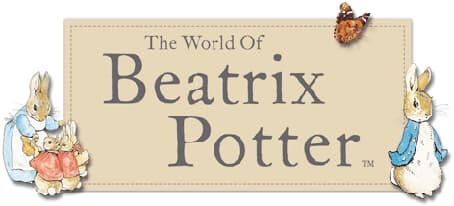

.jpg)





.jpeg)





.jpeg)



.jpeg)








.jpeg)



.jpeg)

.jpeg)

.jpeg)

.jpeg)
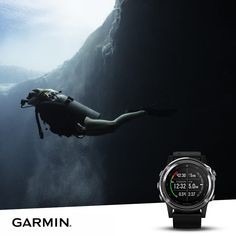



.jpeg)
.jpg)
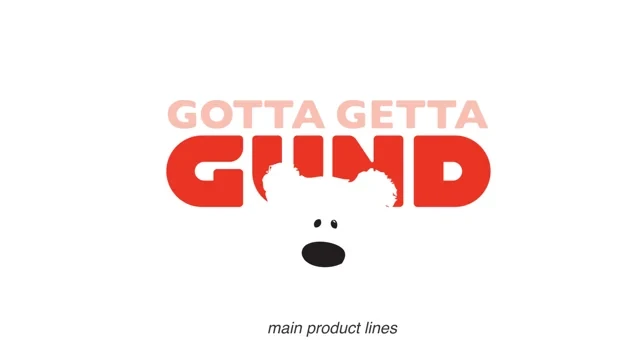
.jpeg)






.jpeg)
.jpeg)




.jpeg)





.jpeg)


.jpeg)

.jpeg)

.jpeg)

.jpeg)


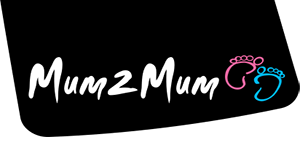




.jpeg)
.jpeg)
.jpeg)





.jpeg)



.jpeg)


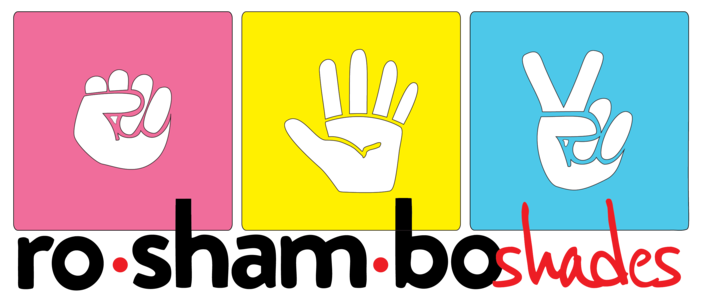



.jpg)
.jpeg)








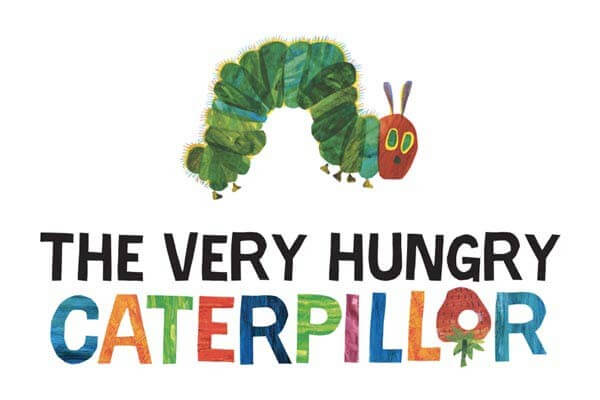
.jpg)


ulva-Logo.jpg)




.jpeg)



.png)

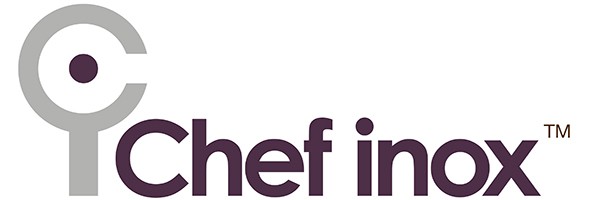











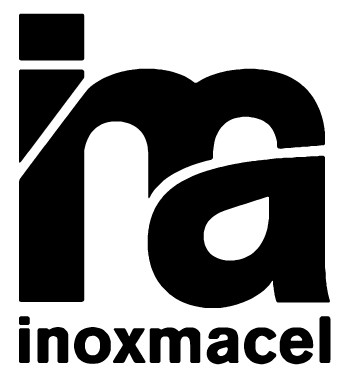

.png)
























